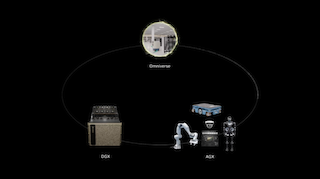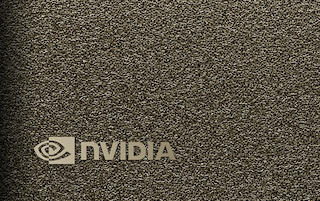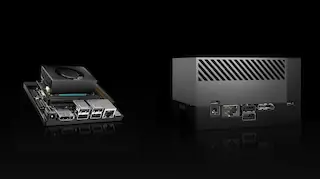Externe Medien sind z.B. Videos oder iFrames von anderen Plattformen, die auf dieser Website eingebunden werden. Bei den Cookies handelt es sich um anonymisierte Informationen über Ihren Besuch dieser Website, die die Nutzung für Sie angenehmer machen.
Damit die Website optimal funktioniert, müssen Sie Ihre aktive Zustimmung für die Verwendung dieser Cookies geben. Sie können hier Ihre persönlichen Einstellungen selbst festlegen.
Noch Fragen? Erfahren Sie mehr über Ihre Rechte als Nutzer in der Datenschutzerklärung und Impressum!







